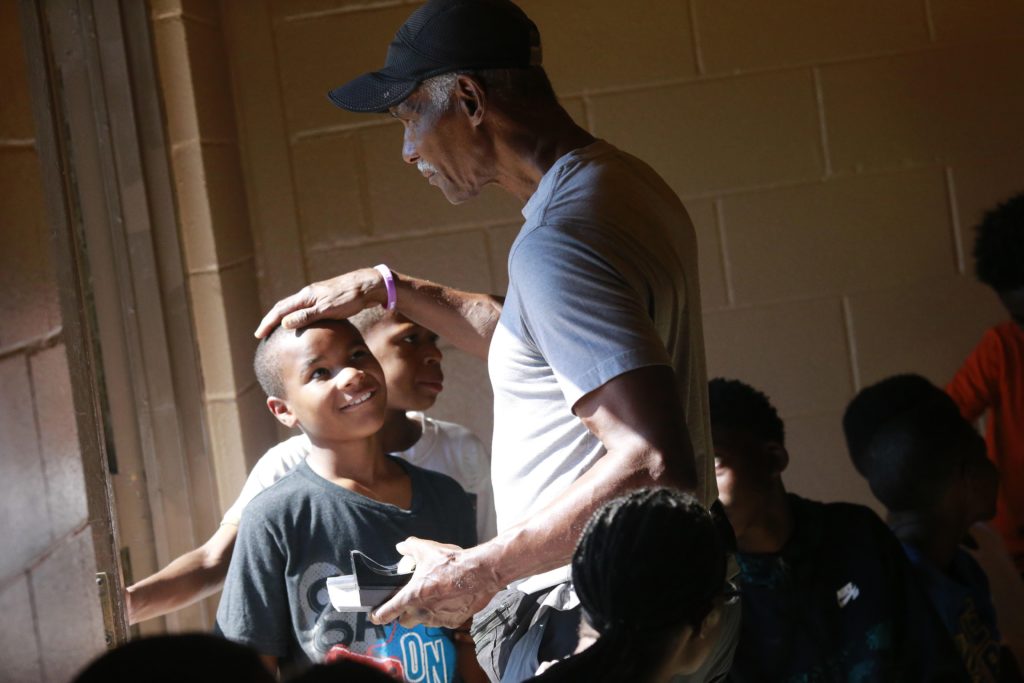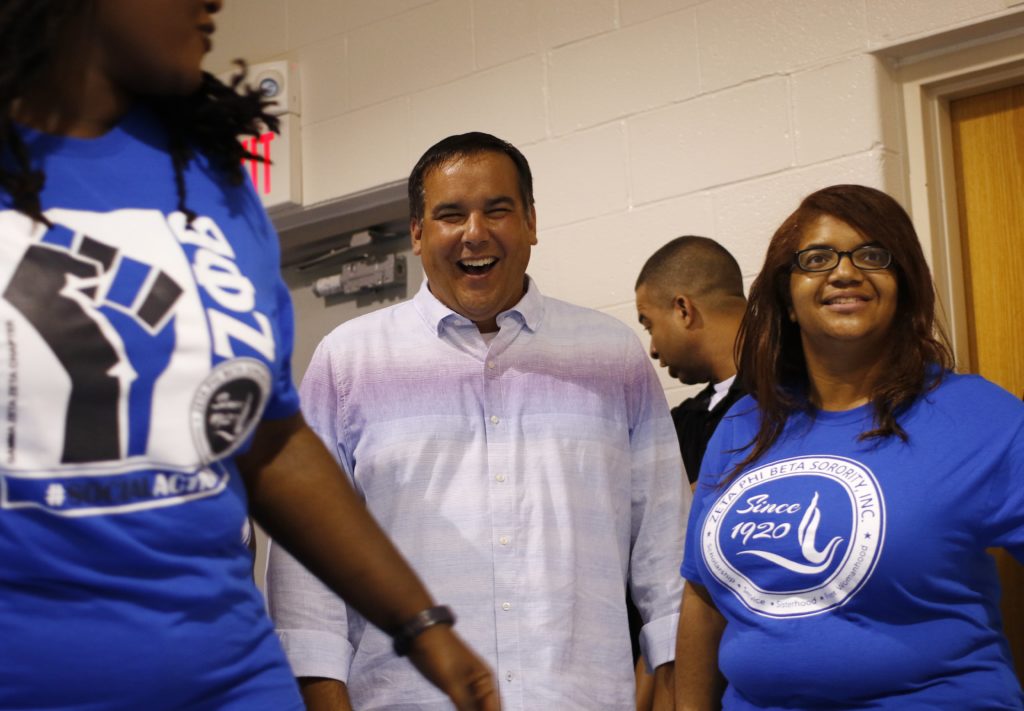LIVING IN LINDEN
Exploring a neighborhood's struggles and possibilities
Safe Streets program helps in Linden, but seasonal effort isn't enough
Tawana Roebuck was driving near her home in South Linden this month when two young men suddenly ran in front of her car, firing guns at each other.
The 34-year-old slammed on the brakes and immediately threw her car in reverse, backing it down the street and away from the gunfire.
"I went the other way," Roebuck said. "It was a close call, a really close call."
While not an everyday occurrence, gunfire, violence and crime are part of life in Linden. The neighborhood northeast of Downtown has had the reputation for years of having a high crime rate, though the reality is that the rates vary street by street.
The neighborhood saw seven homicides in 2017, and as of Aug. 21, there had been nine this year.
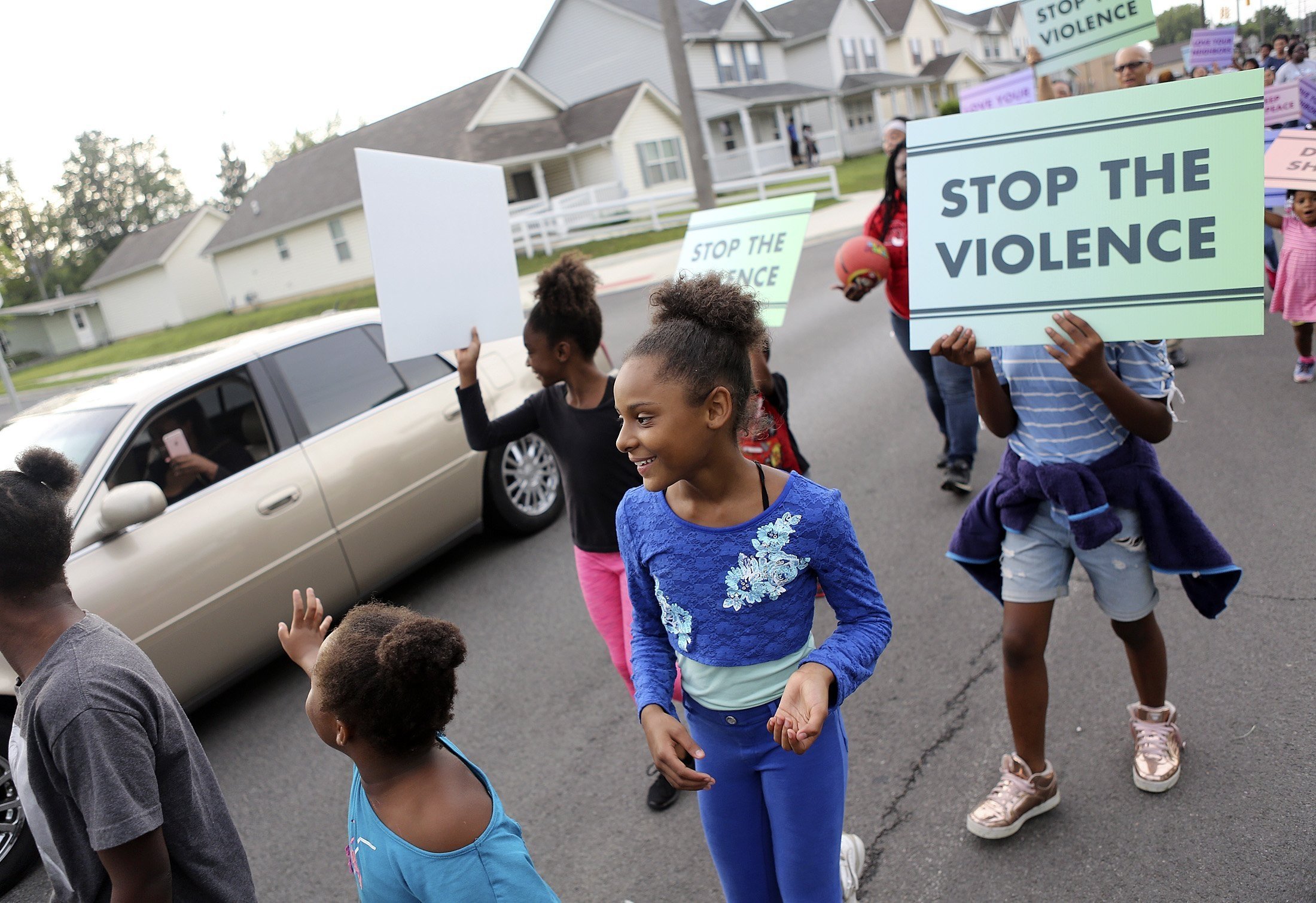
Over the past few years, the city has tried various methods to curb crime in the neighborhood. The most recent initiative is the Safe Streets program, which received a share of $2 million in funding from Columbus Mayor Andrew J. Ginther's office for programs in Linden, the Hilltop and the Parsons Avenue corridor.
Duxberry Avenue, home to Linden-McKinley High School, is about a mile-long residential street that has had more than its share of crime. The Dispatch chose to look at that street as a microcosm of Linden and because of several incidents that have taken place there.
Between August 2013 and mid-August 2018, Columbus police received 78 calls of "shots-fired" on Duxberry Avenue. Fewer than a dozen police reports actually were taken as a result of those calls.
In that same time span, there have been several homicides and the 2016 police-involved shooting of Henry Green. Green's death, which occurred on Duxberry, sparked controversy because the undercover officers who shot him were part of a summer safety initiative. The officers later were cleared, sparking a federal lawsuit against the Columbus Police Division.
During the past two decades, some of Duxberry Avenue's problems have stemmed from the number of vacant and boarded-up houses, along with similar properties on neighboring 26th Avenue. Drug dealers use these properties as staging areas for their nefarious activities, said Florence Holmes, a Cleveland Avenue resident for more than 50 years.
She never has been a crime victim at her home — a fact she attributes to Jesus being her protector — and has always had an intense interest in her community.
Holmes, 85, has served on the Greater Linden Advisory Committee, which deals with issues in the Linden neighborhood. She has a multifaceted, historical analysis of what causes crime.
"We have too many people becoming parents before they are ready to become parents. And they didn't get a good raising themselves," Holmes said. "It all starts with the home. You can't blame the schools or police."
Many times, a parent is working the second shift, resulting in children "coming home to empty homes." Those children run the streets unsupervised, she said.
Then there is the problem of drugs in the community and the endless cycle of crime that brings. Holmes said she can't understand why dealers would kill someone who owes them money — because then that person could never pay.
"And then they go to prison and don't have no money," Holmes said.
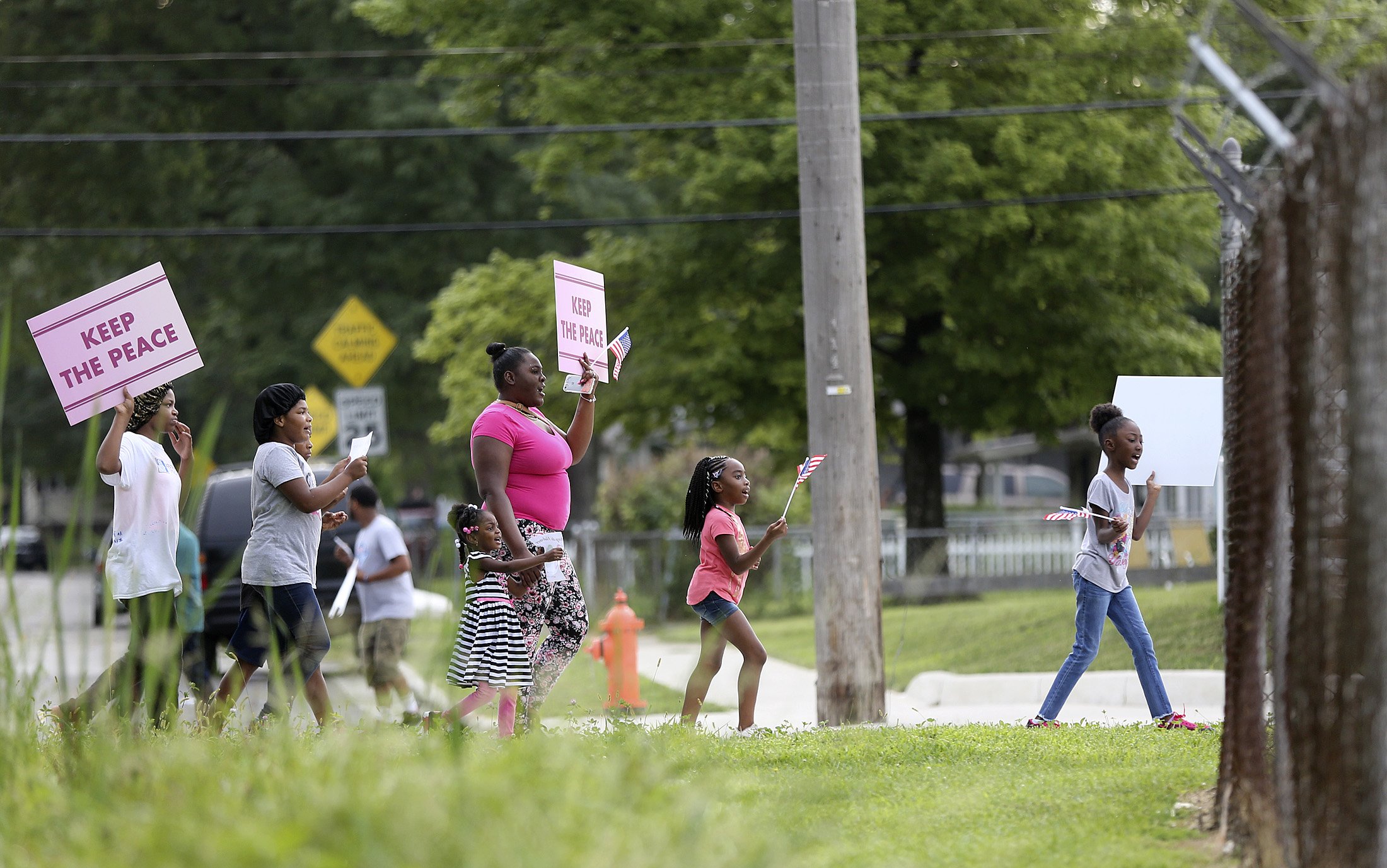
These are all issues the police division has been working to address. Since May 1, the Safe Streets Program — a successor to the summer safety initiative — has been trying to build better relationships between the community and police.
Sgt. Dana Hess is one of the leaders of the Safe Streets program for Precinct 5, which includes part of the Linden area.
Since May 1, more than 50 guns have been taken off the streets on second shift alone, many of them stolen, Hess said. But she said she would rather focus on the immeasurable things the program has provided, such as trust among neighbors.
Through the Safe Streets program, Hess and other officers have been on bicycle patrols throughout the neighborhood, working to respond to community concerns in a proactive instead of reactive way.
Vicki Johnson, who lives on Oakland Park Avenue in North Linden, welcomes the Safe Streets program because officers on bicycles interact better with residents than cops in cars.
"The officers are more human, they are just not in vehicles driving around," Johnson said. "They stop and talk to people."
Community Liaison Officer Alesia Zacher said she has been hearing positive feedback. "The community loves the accessibility of talking to someone personally and getting an answer," she said.
Safe Streets officers have attended nearly 100 community events in Linden this summer. Instead of merely responding to calls, there was more communication about the issues affecting their everyday lives.
"If I can give them some kind of response, that's huge," Zacher said.
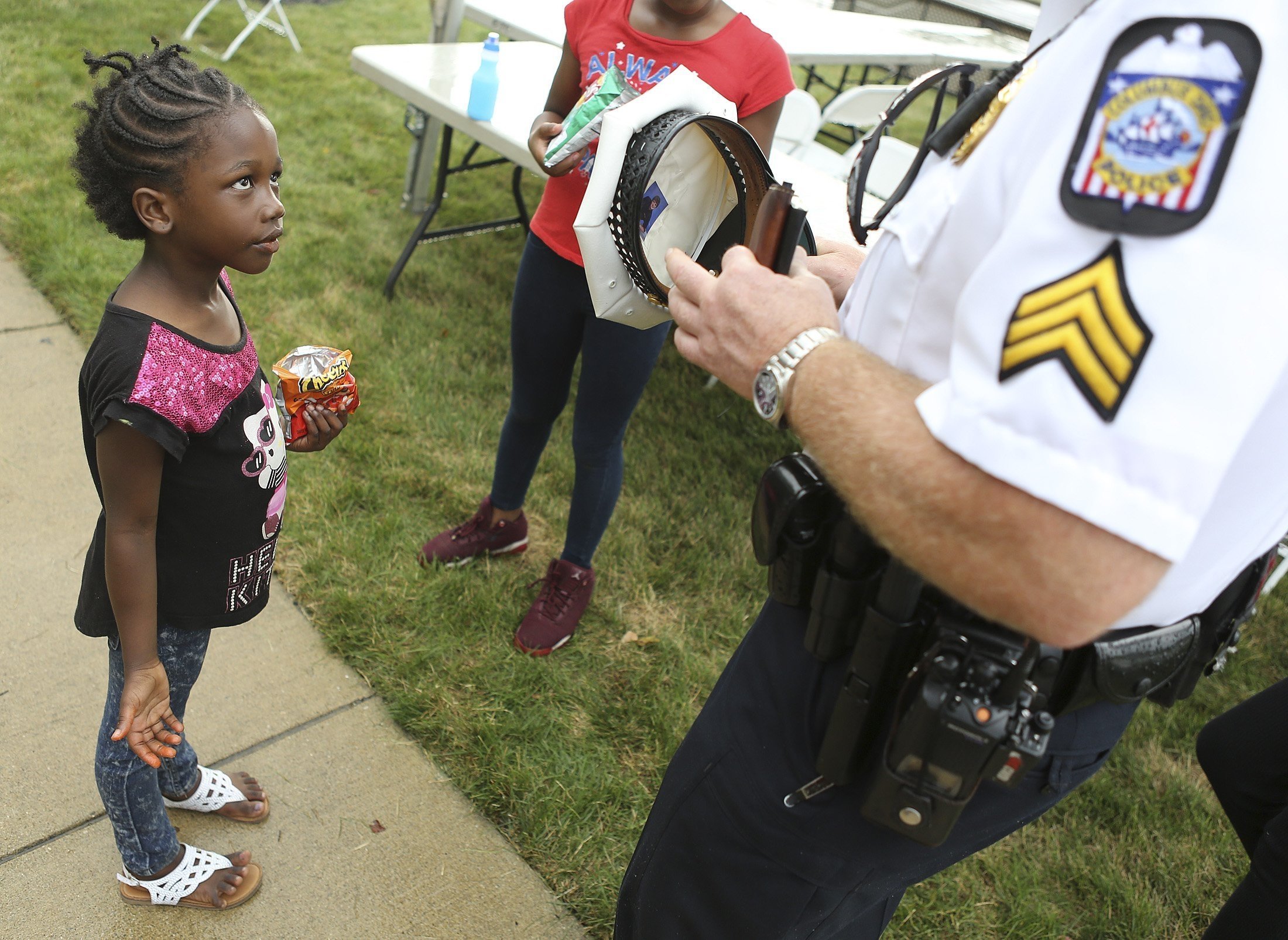
Officer Pete Casuccio, who works in Precinct 5 and patrols South Linden, helped organize an event on Aug. 21 with his barber, Robert Cayson, to provide free haircuts to 20 students in the neighborhood and donated school supplies from the Fraternal Order of Police Capital City Lodge No. 9.
"That kind of stuff goes on every single day," Lodge President Keith Ferrell said.
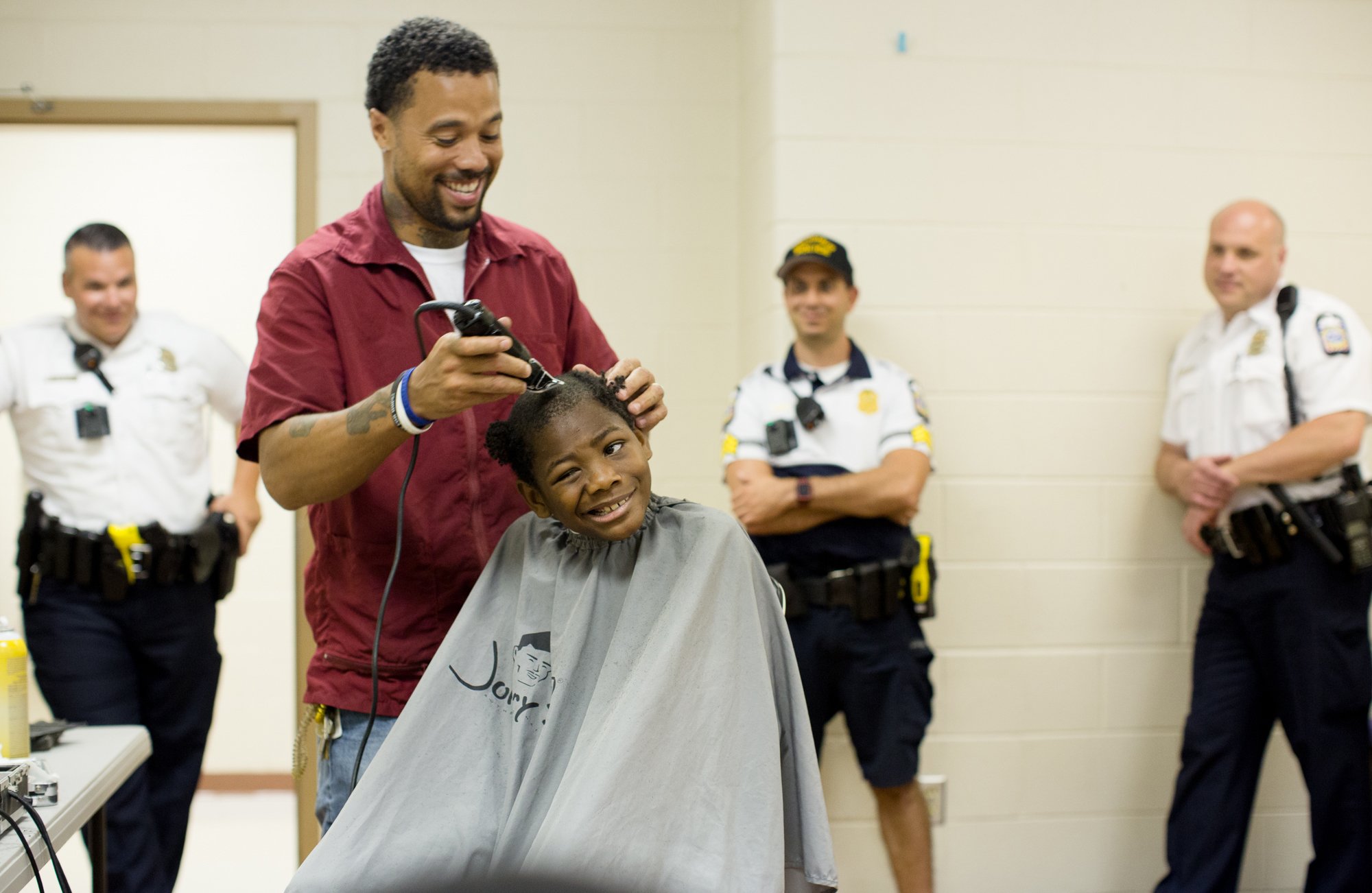
But with the Safe Streets program wrapping up on Sept. 1, there are concerns about officers being able to interact with Linden residents in the same way.
Ferrell said more than an 18-week initiative is needed to solve the problems facing Linden and similar neighborhoods throughout Columbus.
"The reality is we know it's expensive, but it's worth the money and we need additional resources to accomplish the goals," he said. "I don't think anyone would argue there aren't more resources needed in that community."
Residents are doing their part to help officers by organizing block-watch initiatives and events such as the National Night Out on Aug. 7 at Rosewind Community Center, located in a large public housing complex of the same name.
Latosha Deese, 43, was one of the organizers of the Night Out event and has been vocal in Rosewind, encouraging residents that they need to report suspicious activity. There is a culture that people shouldn't report crime because it is tantamount to "snitching," she said.
Residents are doing their part to help officers by organizing block watches and events like the National Night Out on Aug. 7 at Rosewind Community Center.
Latosha Deese, 43, was one of the organizers and has been vocal in Rosewind, encouraging residents that they need to report suspicious activity. There is a culture that people shouldn't report crime because it is tantamount to "snitching."
"People are scared to saying something because of fears of retaliation," Deese said, noting she has asked residents who are fearful to pass the information to her.
"For the community to get better, you have to say something," Deese said.
At a recent community event, Hess said officers were approached by a resident with a concern about a 16-year-old at the event, carrying a firearm.
Officers spoke to the juvenile, who admitted to having the gun as protection because the teenager he had robbed the week before was threatening him.
It's the type of information officers have not always been able to receive from residents in the area.
"People want us to do things, but they don't give us information to act on," Zacher said. "We've been able to build trust and they will tell us things they wouldn't before."
Like what you're reading?
Stories that inspire. Coverage that informs. Investigations that affect change. This is real news just when it's needed most. Subscribe today. Subscribe
